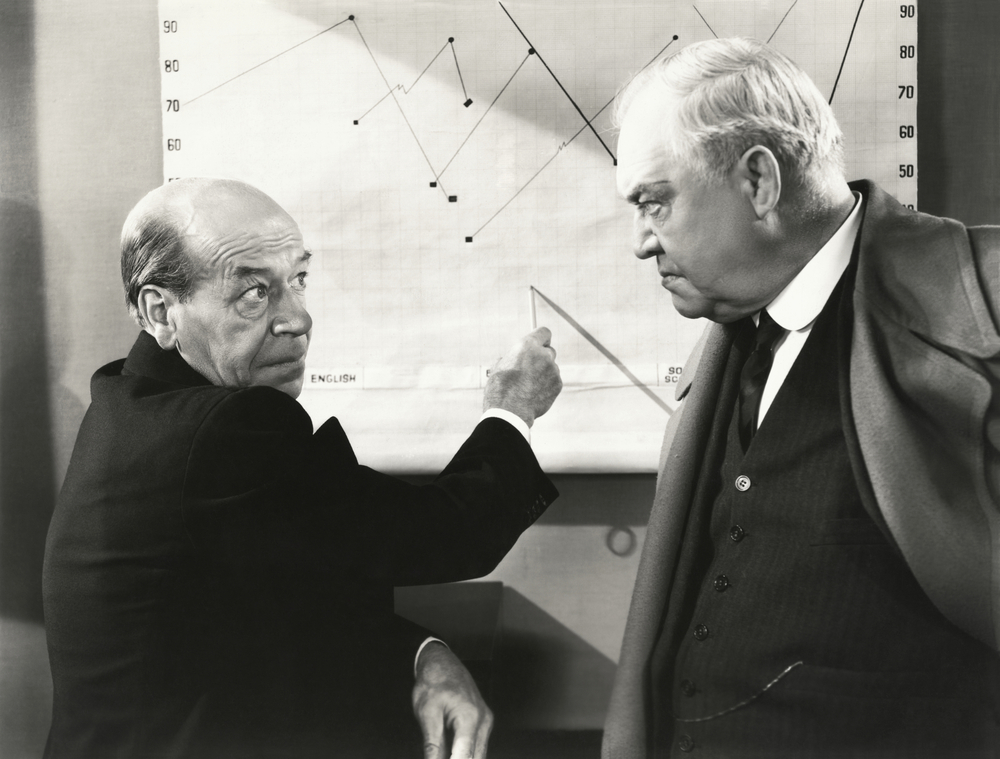6 Tips for Good Content in 2015
As digital marketing has grown and evolved, one thing remains true - there is nothing quite like the presence of good content. Good content might sound like a loosely-termed phenomenon, one without any real definition or easy-to-grasp formula. But when it’s achieved you will undoubtedly know it straight away - both for the reaction it spurs from audiences, and for the impact it has on the visibility of your online marketing efforts.
What is Content Marketing in 2015?
The likes of Google, Facebook, Instagram, and that whole world we call the Internet has completely reimagined the way we research, obtain and share information across our networks. Where previously your first interaction with customers may have occurred in the store-front, today businesses have the potential to meet customers much sooner in the process as they search for information online.
But what you are dealing with now isn’t a customer you can engage in a conversation face-to-face. You can’t speak to them; hear their story; and walk them through your product or service. And so your role as content marketer has changed, as you now cater to a far broader pool of customers who want useful information relevant to their problems. To cut-through the noise and reach your target audience, you need to understand the pains, fears, frustrations, needs and wants of your customers. From there, you have the best chance of engaging your customers in a conversation where you are really influencing their thoughts and decisions.
So what do we actually mean by ‘good’ content? And how can you start to understand and produce content better than good-enough to engage customers online?
It grabs their attention
Good content in 2015 should first be tested against one simple measure; does it grab people’s attention? But not only this, does it interrupt people’s attention - to the point where it steals their attention away from whatever they were doing in favour of your content?

Tip 1: Good content is all about first diverting attention from competing information online.
Creating content that steals attention is no easy task, but there are some tried-and-tested ways to set your content in the right direction.
Headlines, Headlines, Headlines!
You need to convince your customers to keep reading, keep watching, keep listening.
Just like the newspaper articles of communications-strategies past (this is being written by digital marketers, after all), a good headline makes your content stand out. In print, the headline is printed in the largest type to guide where the eye goes first. In radio, the headline is the first thing the listener hears. No matter what the medium, every marketing piece starts with a headline. That headline must grab the reader’s attention, effectively and immediately, or they will scroll on past.

Tip 2: To get people to read your content, start with a headline that piques interest and invites the audience to read-on.
A strong headline does something you may not have considered before: it qualifies your ideal customer, while disqualifying those who are not.
In Neil Patel’s Step-by-Step Guide to Writing Effective Headlines, he outlines how to write a headline to get the 80% who read it to continue-on to read the rest of your content. Among a swathe of information, he offers over the following no-brainer headline tips:
- Use numbers and data.
- Draw people in with a tangible reason to read it: add words like Tips, Lessons, Tricks, Ideas, Ways, Principles, Facts, How-To, Secrets and Strategies to the copy.
- Make it unique: spend some spare-time researching pieces of content that do well in your industry. Take a look at the headlines and tweak this to your audience to ensure you headline is different from others spinning the same copy.
- Make it specific and to-the-point: don’t wrap your headline in jargon or mixed-meanings, tell it like it is. Be specific about what your piece of content is about; if you are writing about good content in 2015, make sure that exact wording is woven into the headline!
- [More on the above point] Don’t worry about appearing clever or educated; you want to get people to click: good content does need to be well-researched and clever, but use common words people can relate with to get your headline, and content, noticed.
Tell me a story, won’t you?
What really sets great content apart from good, average and plain abysmal content comes down to something that is as intuitive in real-life as it is in the content marketing world. People love a good story!

Tip 3: People don’t just want to be sold to, they want a story they can connect with.
Even in this digital age we now find ourselves, there is still a string of bad content out there using a product-focused pitch. Think cheesy cold-call sales, glossy print adverts that divert from whatever it is you actually want to read, or a salesman trying to tell you why you need their product more than life itself. Does that sound like something that would engage you?
People don’t want to be sold to, good content marketing is all about the power of a good story. Successfully curated articles, videos, images, podcasts, eBooks, whitepapers and webinars all have one thing in common - they follow a narrative. Any piece of content you curate should be guided by the same gradual beginning, middle and end crescendo that swings a final punch with a well written call-to-action.
A good content storyline should follow the following structure:

Tip 4: Break up your content to guide skim readers - no-one has time to read essays.
- People judge your content by its introduction
Your customer today lives in a media-saturated marketplace, with an average attention span of just eight seconds. That’s a pretty scary fact - and one you should account for when writing your introduction. With most users deciding in the first few seconds what your content is about and whether it’s worth their time, you want to make sure you are clear, to the point, and compelling about why it’s worth reading-on.
- Break up the content with Subtitles/Subheadings
Something you may have taken from this article is that it’s written in short bursts of information, laced with headings, subheadings and graphics throughout. This isn’t a coincidence. Try to think about how you read and digest information online, and you might realise you often skim through content in search of the one piece of information you want. Maybe you’re on the hunt for a price, a statistic, a neatly-placed one-word sentence answering the meaning of life.
Whatever the answer you or your customers are looking for, content that is broken up into bite-size pieces of information ranks better, and keeps your customers on the page for longer.
- Use bullet points and numbered lists
Continuing on from this point, bullet points, numbered ideas and lists of any kind are easily-digestible forms of content. For skimmers looking for key pieces of information and answers, the bullet point helps them work over the fluffier stuff to get to the meat of the sandwich.
- Incorporate images and video
Our collective average attention span is fast failing even that of a goldfish (goldfish have an average attention span of nine seconds; one whole second more than ours). So content marketers need to look to other, more visual avenues for engaging users online. Your content needs to adapt for every type of learner - from those of us who like to read detailed information, to those of us who would rather skim over headings and bullet-points, to those that learn in pictures, moving images and other visual forms.

Tip 5: Be as visual as humanly possible - time-poor people respond well to visual content, diagrams and video (think YouTube) over written text.
One of the best things about visual content is its ability to communicate detailed, long-form and often complex pieces of content in short and easily digestible forms. To break-up your content into visually appealing content, the Content Marketing Institute recommends these tips for creating visual content online:
- Provide people with examples and instructions: think how-to videos
- Add to the story with engaging photos: bright, breathtaking images that pull at the heart-strings of your customers interests and passions
- Humanise your brand: adding images to your brand’s message can help people to connect to it with human emotions (not just logical thoughts and opinions)
- Use diagrams: explain detailed and complicated information using friendly graphics, diagrams and infographic examples
- Rethink existing content visually: one way to bring popular content back from the grave is to dream it back to life with visuals. Infographics are a great example of repurposing content into easily-digestible visual forms
Leave customers with a call-to-action
What do you want your customers to do? Whether it’s buy your product, request additional information, share it online, or any other number of actions, the final “call” should be unmistakeable. But more than that, the call-to-action should be the natural conclusion to a cleverly scripted story that has engaged, informed and delighted your customers on topics, information or advice that is relevant to them.

Tip 6: “Don’t just sit there, do something!” is the charge you should leave customers with. The end of your article, video or infographic should compel customers to take the desired action.
If ‘good’ content is what you’ve created, the outcome will be similar to an “A-ha!” moment for your customers. You have interrupted their attention, provided short, concise information on how they can solve their problem, before offering a final message that gives the customer the option to do more. But remember to keep your call-to-action low risk - people don’t like to feel pushed into doing something!

